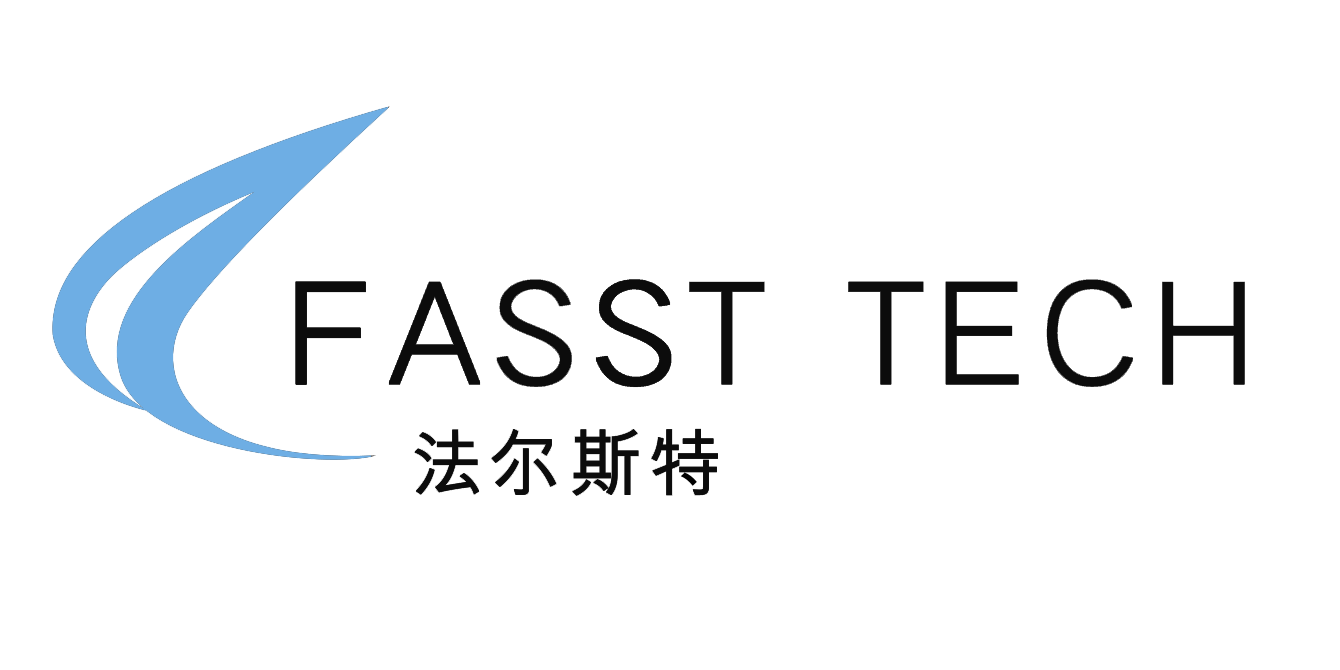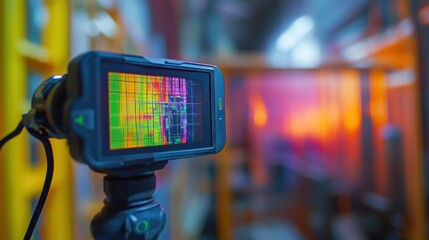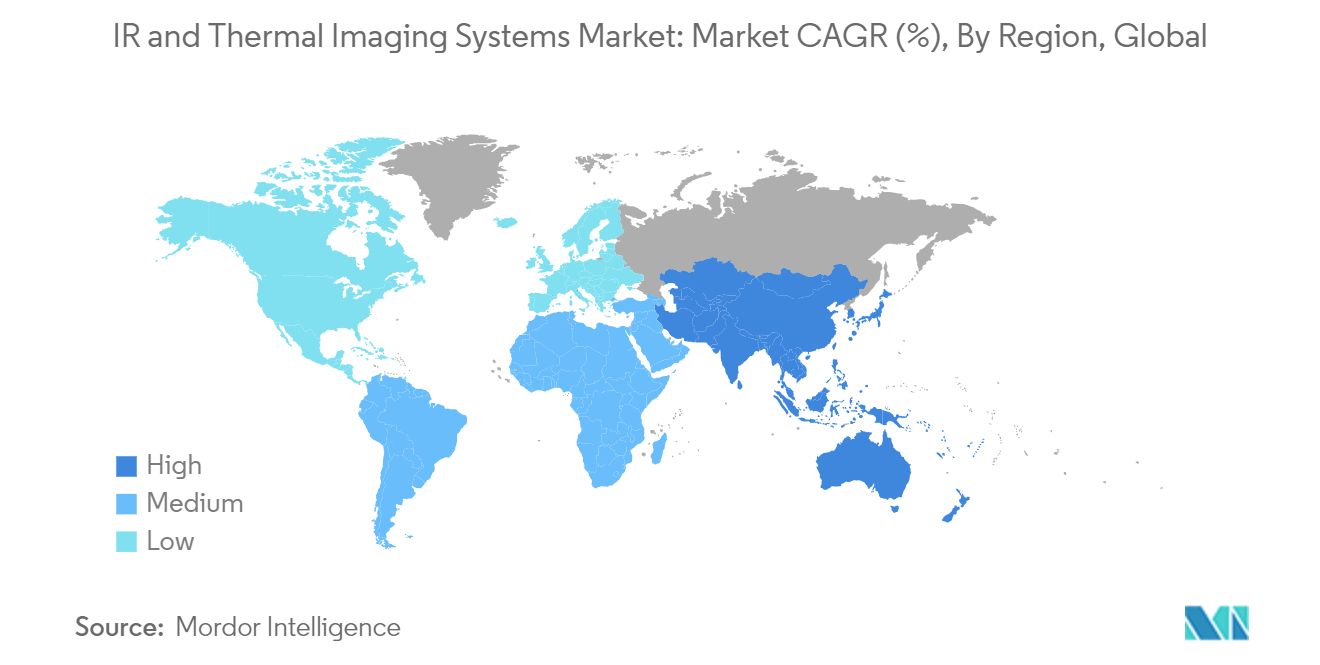Ir And Thermal Imaging Systems Market - Growth, Trends, and Forecasts (2025 - 2030)
The IR And Thermal Imaging Systems Market report segments the industry into By Solutions (Hardware, Software, Services), By Applications (Industrial, Security, Research And Development, Construction Industry, and more), By Form Factor (Handheld Imaging Devices And Systems, Fixed Mounted (Rotary And Non-Rotary)) and By Geography (North America, Europe, Asia, Australia And New Zealand, and more).
IR & Thermal Imaging Systems Market Overview
The IR And Thermal Imaging Systems Market size is estimated at USD 7.98 billion in 2025, and is expected to reach USD 10.63 billion by 2030, at a CAGR of 5.92% during the forecast period (2025-2030).
Infrared and thermal imaging technology enables users to detect objects or individuals in complete darkness and in difficult and distinct conditions. Unlike other methods, thermal imaging works in environments without any ambient light. Like near-infrared illumination, thermal imaging can penetrate obscurants like smoke, fog, and haze.
The global demand for infrared (IR) and thermal imaging is growing due to the increased use of these technologies in military and defense applications. Armed forces worldwide rely on IR and thermal imaging for enhanced situational awareness, surveillance, target acquisition, and night-vision capabilities.
Military and defense R&D programs prioritize infrared (IR) wavelengths, given that many surveillance and targeting operations occur at night. The military primarily uses infrared technology in night vision goggles, missile guidance systems, and aerial forward-looking infrared (FLIR) scanners. The rising demand for IR imaging technology in the military and defense sectors is further accelerating the growth of the market.
The emergence of affordable solutions had a considerable impact on the global market for infrared and thermal imaging systems. Previously dominated by high-end, costly equipment mostly utilized in the industrial and military sectors, the landscape changed because of cost reductions brought about by advances in sensor technology, mass production, and miniaturization. Due to these advancements, thermal imaging is used in several industries, including consumer electronics, healthcare, and public safety.
Technological advancements are promoting the adoption of IR and thermal imaging systems by enhancing their efficiency, accessibility, and versatility. Innovations such as higher-resolution sensors, improved image processing capabilities, and the miniaturization of devices have increased their accuracy and usability across various industries. These advancements enable better heat detection, more detailed imaging, and the integration of thermal cameras into smaller and more portable devices.
Thermal imaging and infrared systems are extremely specialized technologies that need to be installed, operated, and maintained by professionals. Operational inefficiencies are caused by a shortage of qualified personnel to perform routine support tasks, such as system calibration and maintenance. The accuracy and dependability of thermal imaging systems might deteriorate in the absence of prompt support, which can impact their performance.
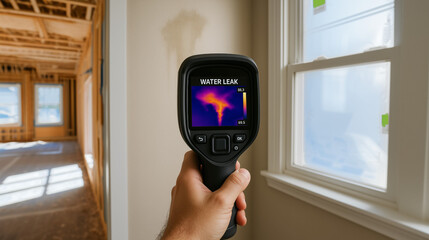 About the thermal imaging camera
About the thermal imaging camera
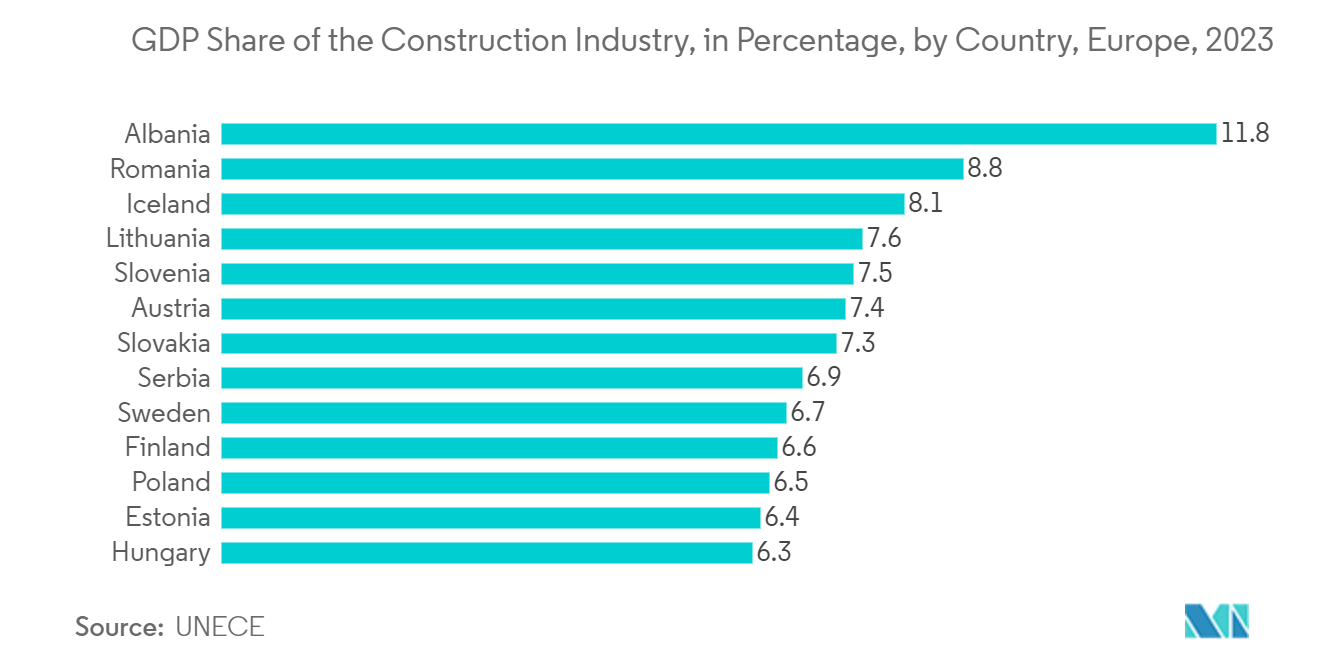 Ir And Thermal Imaging Systems Market - Growth, Trends, and Forecasts (2025 - 2030)
Ir And Thermal Imaging Systems Market - Growth, Trends, and Forecasts (2025 - 2030)
